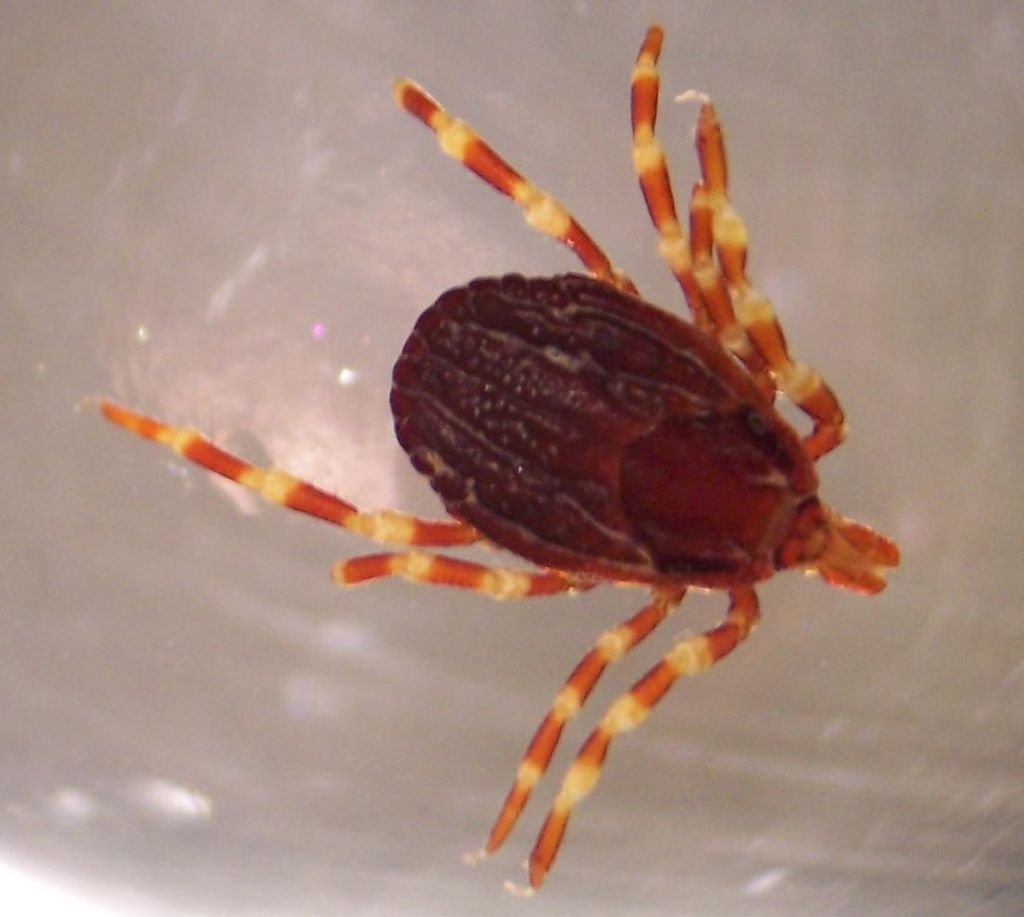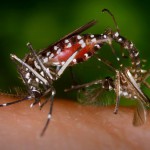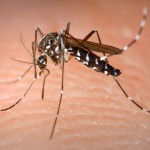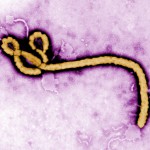Viral comments (26): Crimean-Congo virus infects in Spain. It’s not a newcomer, though, since it arrived a few years ago.

Yesterday we ate lunch with the news of the confirmation of the first two cases in Western Europe (one of them, mortal) of Crimea Congo hemorrhagic fever virus infection (CCHF onwards). It was the chronicle of story foretold. We’ll discuss more about this in a future post, because the genome of the virus had been detected from ticks in a farm in Extremadura, in the years 2010-11. In fact, a report by the Spanish Ministry of Health was issued at that time (see report) and it talked about it. Therefore the virus, come as it may have come, possibly on board of a migratory bird but it could also be through ruminant livestock import, it was already among us for more than five years. Now, we are probably seeing the tip of the iceberg…
In this post, however, we will talk about more direct things. A few facts to retain in our retinas:
- CCHF virus is a GR4 pathogen, risk group 4. Briefly, CCHF is an agent that “causes serious illness in humans, poses a serious danger to workers, likely to spread to the community, and, generally, without a prophylaxis or effective treatment” (see RD 667/1997).
- No commercial vaccine exists… several prototypes are being developed and, actually, a vaccine has been already tested. Designed and used in Bulgaria from extracts of inactivated infected mice brain. For more details, read the publication Pope A. et al 2011 Scand J Infect Dis. It has been administered from 1974 to staff at risk, apparently, only in endemic areas of the country.
- Once infected, there is no silver bullet. Apparently, Ribavirin can have a positive effect but evidence, and positions are contradictory. Currently it is only used in the most serious cases, with a treatment duration of about ten days. As in the case of Ebola, resting, supportive treatment and relief of pain and symptomatology of those infected is prescribed, with the aim to prevent multi-organ failure.
- How can we get the virus? basically through infected tick bite (which has obtained the virus from a domestic or wild animal). The CCHF virus persists without causing disease in domestic animals like cattle, goats, sheep, horses, donkeys, pigs, but also in deer and small rodents (hares, hedgehogs, mice). Birds are not known hosts, with the exception of ostriches. Farmers, veterinarians and hunters involved in handling these animals’ corpses can become infected by its body fluids.
- Therefore, if there is no Ixodidae family ticks in an area, particularly of the genus Hyalomma, the risk is very close to zero. The distribution of the disease coincides almost entirely with the distribution range of the tick vector.
- It is also transmitted through body fluids excreted by infected humans in the acute phase. No transmission exists if symptoms are not present. Remember that the symptoms begin with sudden fever onset (39-40°C), myalgia, pain and neck stiffness, headache, eye irritation and photophobia. Symptoms atributable to other infectious diseases…. after a few days tachycardias appear along with lymphadenopathy, hepatomegaly and especially petechiae (skin hemorrhages) in the mouth, throat, nose, and sexual mucous membranes, but also in the skin. These can progress and become larger and more serious (ecchymosis). If one does not have a suspicion of CCHF it is not until this second wave of symptoms, that one will be able to make the correct diagnosis.
- It is also said that it is transmitted through contaminated surfaces or fomites which come in contact with body fluids (eg, the structure of the bed, the dresser next door, accessory lights, chair), but not the corridor behind the door or adjacent rooms. It is not an airborne virus, still staff should be provided with respiratory protection in case a cough, a sneeze, or a hemorrhage might release unstable aerosols that may be airborne for seconds or minutes. There are controversial reports on the infectivity of aerosols from feces of rodents infected by Russian authors, but that’s what they are … controversial.
- The fatality rate is not low, ranging from 10 to 40%, in some strains it is higher than 50%, with an average of 30%. However, there are differences depending on the strain of virus, which allows recombinations to be segmented; 6 main genetic groups and many variants … each with its own fatality rate … which is also affected by extra-viral factors such as age, immune and nutritional status of the infected, etc.
- The population segments most susceptible are field workers, farmers, ranchers, veterinarians, people exposed to continuous contact with animals (not pets), the natural environment and ticks. And secondly, health workers caring for those infected. So it is surprising, or symptomatic, to read one of the headlines of diario.es (see link) “Contagion could have occurred, according to the Ministry, through ” usual maneuvers in the ICU” as “intubating without gloves because of the emergency”. But the risk of transmission between humans is low. An intubated patient, which should be know to be infectious (to something yet unidentified, but infectious) handled without gloves? Furthermore, considering that intubation is described as a practice that can generate aerosols, personnel working with infectious staff should not have been provided with filter masks (not surgical ones, of course, these are useless) to be protected from aerosols? At that time, was the patient already showing any symptoms of bleeding, however small? Where is the precautionary principle? And finally, in the acute phase, without precautions I would not say the risk of infection is low … in fact, viral load in saliva and urine is of the same level as what can be found in the infected blood.
- Not all bad news, however. It is an easily disinfectable virus. As in the case of Zika it is a virus that is inactivated with alcoholic formulations (70% ethanol), detergents and also with household bleach (1%, remember that home bleach has 5% of active ingredient) or extreme pH, for example, 4% vinegar. Also heat treatments at 56ºC for 30 minutes may be effective.
And here ends this first summary. A further post is due, discussing more ecological and philosophical aspects of the emergence of CCHF virus in Spain. Are we sufficiently prepared to face it?
But this, this is another story …













